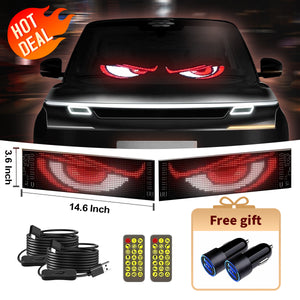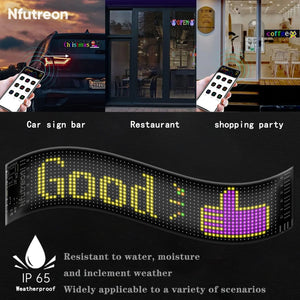A copper shower head is durable and stylish so it’s a popular choice for modern bathrooms. Here’s a quick summary of the material, pros, cons and usage tips.
Material Overview
Copper is strong and corrosion resistant so it’s a great material for shower heads. Whether solid copper or a copper alloy like brass these shower heads are built to withstand heavy use and water. Copper is also naturally antibacterial so it keeps the shower cleaner.
Pros of Copper Shower Heads
-
Durability: Copper’s rust and corrosion resistance means a long life product. Less replacements and better value for your money.
-
Aesthetic: The warm copper tones add a touch of class to any bathroom. Whether polished or matte finish copper fits with any style.
-
Antibacterial: Copper reduces bacterial and fungal growth for a cleaner shower experience.
-
Easy to Clean: Cleaning a copper shower head is easy. Just wipe and polish occasionally to keep it looking its best and prevent tarnishing.

Cons of Copper Shower Heads
-
Cost: Copper shower heads are more expensive than others. But the durability and look may justify the cost.
-
Tarnishing: Copper can patina over time which may not be to everyone’s taste. Regular maintenance can minimize tarnishing.
-
Weight: Copper is heavier than plastic or aluminum. You may need additional support during installation.
Usage Tips
-
Regular Cleaning: Use mild detergent and soft cloth to clean your copper shower head regularly. Avoid abrasive cleaners to scratch.
-
Hard Water: If you have hard water consider using a water softener to prevent mineral buildup and tarnishing.
-
Polishing: Polish your copper shower head periodically to remove tarnish and maintain shine.
-
Installation: Ensure proper installation to avoid leaks and optimal performance. Consult a professional if needed.
So a copper shower head is durable, looks good and is hygienic. Get one for your bathroom now. Read the pros and cons and follow the tips above.





